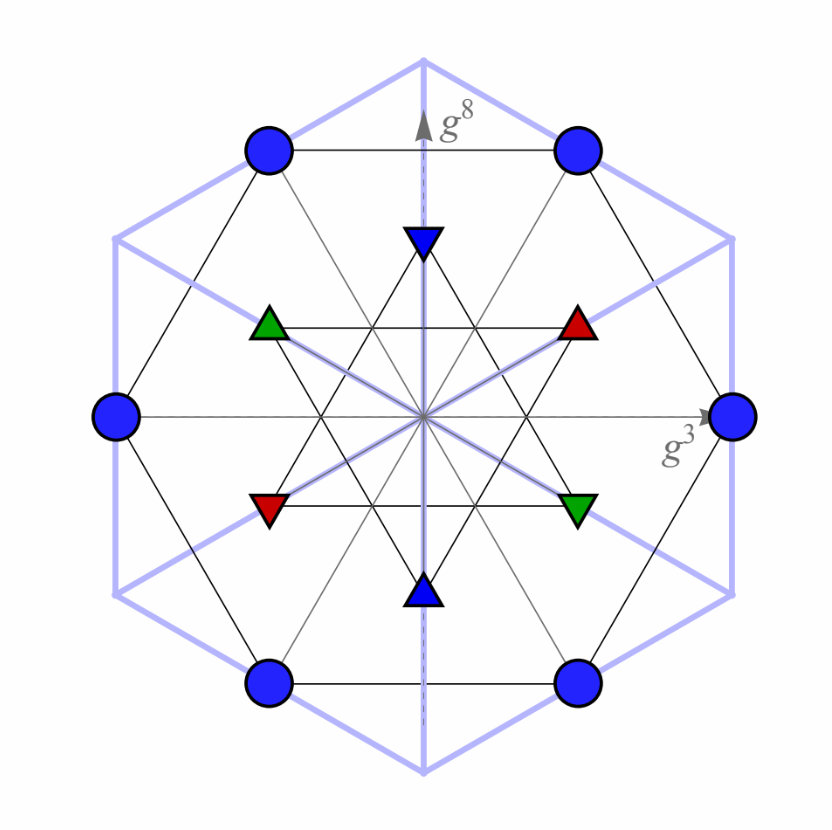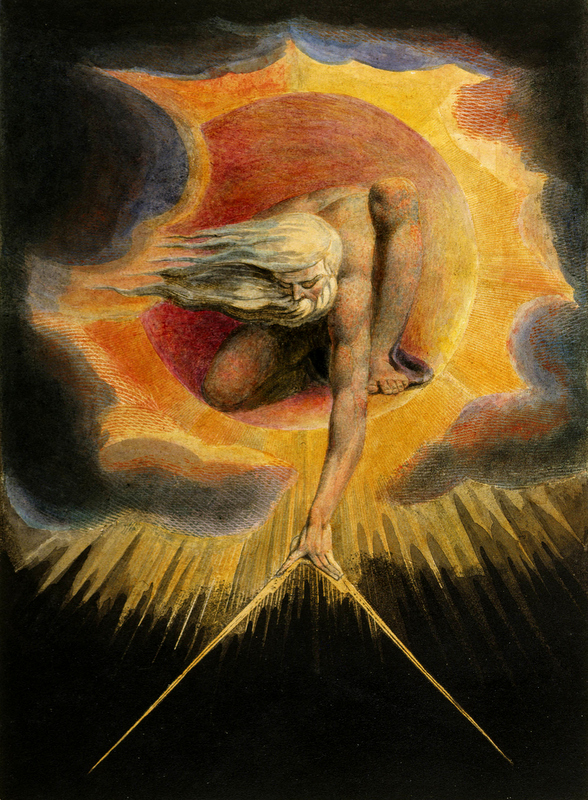Emerging Order
The Cosmos
The cosmos is the created universe. Using the word cosmos rather than the word universe implies viewing the universe as a complex and orderly system or entity; the opposite of chaos. We see this in the incredible orderliness of the laws that govern the known universe. From a Biblical perspective, God is the ultimate lawmaker and lawgiver who governs the entire universe that He created with an orderliness of His own design, a design which we can discover and understand through scientific examination and experimentation.
Cosmos is a Greek word for the order of the universe. It is, in a way, the opposite of Chaos. It implies the deep interconnectedness of all things. It conveys awe for the intricate and subtle way in which the universe is put together… I don’t know where I’m going, but I’m on my way.
Carl Sagan

 Kingdom Insights #4
Kingdom Insights #4 
Order. The Universe was created by God in every loving detail all the way from subatomic entities to the vast expanse of heavenly bodies. He is the King of the Universe who has made an orderly Kingdom and guides it according to intricate laws ordained for man to discover and apply in exercising fruitful stewardship. Where are we?
“The LORD has established His throne in the heavens, and His kingdom rules over all.” Psalm 103:19
The Astrophysicist’s Nightmare
For the scientist who has lived by his faith in the power of reason, the story ends like a bad dream. He has scaled the mountains of ignorance; he is about to conquer the highest peak; as he pulls himself over the final rock, he is greeted by a band of theologians who have been sitting there for centuries.
Robert Jastrow, agnostic astronomer
Note: While there are some questions, not about the events themselves, but about how their appearance in Genesis 1 differs slightly from the sequence outlined in Big Bang theory, the orderliness of their laws, balance, and functioning are nothing short of exquisite.
Diagrams are from Garrett Lisi’s seminal paper, An Exceptionally Simple Theory of Everything [aka ToE]. There has also been some remarkable work done by Gary William Croft and others in mathematics that traces prime numbers to similar geometrical and mathematical symmetry.

From Lisi ToE paper. Note that the gluon, quark, and anti-quark weights form a G2 root system in the shape of a Star of David, as do many, many other systems in physics.

The E8 root system, rotated a little from G2 towards F4, showing E6.
Everything should be made as simple as possible, but not simpler. – Albert Einstein
Simplicity is the ultimate sophistication. – Leonardo Da Vinci
Garrett Lisi’s Introduction to his “ToE”
We exist in a universe described by mathematics. But which math? Although it is interesting to consider that the universe may be the physical instantiation of all mathematics, there is a classic principle for restricting the possibilities: The mathematics of the universe should be beautiful. A successful description of nature should be a concise, elegant, unified mathematical structure consistent with experience. Hundreds of years of theoretical and experimental work have produced an extremely successful pair of mathematical theories describing our world. The standard model of particles and interactions described by quantum field theory is a paragon of predictive excellence.
General relativity, a theory of gravity built from pure geometry, is exceedingly elegant and effective in its domain of applicability. Any attempt to describe nature at the foundational level must reproduce these successful theories, and the most sensible course towards unification is to extend them with as little new mathematical machinery as necessary. The further we drift from these experimentally verified foundations, the less likely our mathematics is to correspond with reality. In the absence of new experimental data, we should be very careful, accepting sophisticated mathematical constructions only when they provide a clear simplification. And we should pare and unite existing structures whenever possible.
The standard model and general relativity are the best mathematical descriptions we have of our universe. By considering these two theories and following our guiding principles, we will be led to a beautiful unification.
My general view of mathematics is that most of the complicated things we learn have their origins in very simple examples and phenomena. – Dr. Richard Evan Schwartz, Chancellor’s Professor of Mathematics, Brown University
Deep and satisfying mathematics can arise from simple beginnings. – Vicky Neale, PhD, Additive Number Theory
Light reveals order

